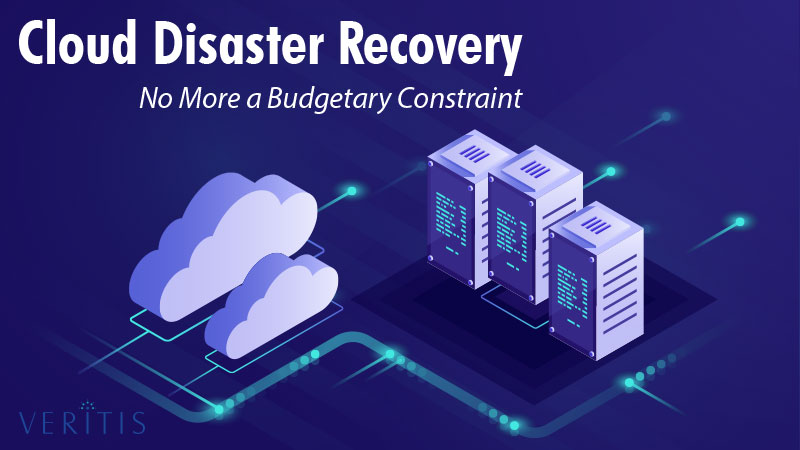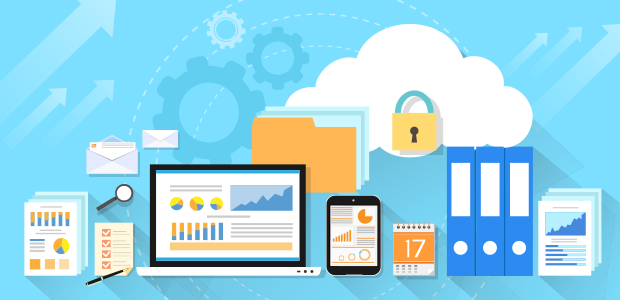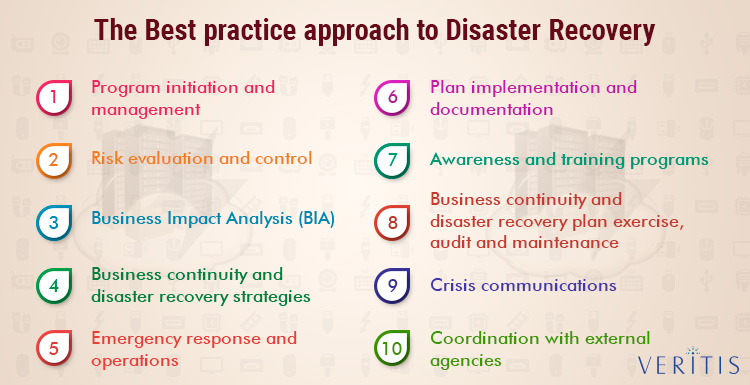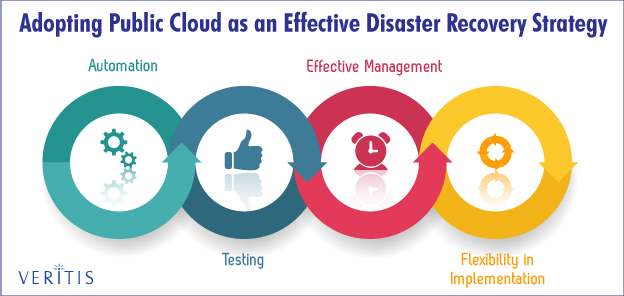
Disaster Recovery (DR) is one concept that is more than a need for many IT firms, globally, especially the ones with well-established infrastructure capabilities.
While creative and continuous development have become key to success over the period, early risk recovery or overcoming failures is one major aspect that firms are looking at now.
Disasters, either natural or human-made, affect critical business functioning of any organization.
Outage is one of many disaster concerns companies are worried about as a cause behind significant downtime of their operations. Security breaches, software errors and hardware failures are among most-common scenarios that lead to outages.
Firms are looking at Disaster Recovery and business continuity strategies as a solution to avoid loss of productivity and revenue caused by disasters.
However, many firms report high costs, requirement of huge resource and difficulty in implementation & management in adopting commercial solutions as part of their DR strategy.
This is where cloud appeared a choice!
Having Backup is Just Not Enough for DR!
When it comes to cloud as a DR strategy, the major confusion that arises is with regard to understanding of back-up and DR as two different aspects though interlinked.
 While backup is key part of disaster recovery plan, it can also happen without DR. Though having a backup is easier, ignoring DR is not a right strategy and can lead to huge loss.
While backup is key part of disaster recovery plan, it can also happen without DR. Though having a backup is easier, ignoring DR is not a right strategy and can lead to huge loss.
Back-up can store your data in case of any issue with the primary system, however, restoring of the lost data requires a separate platform or environment for the data to reside in and allow restoring. This is where disaster recovery arrives!
While backup can only save your data, a right DR plan can help you in case of downfall of entire IT infrastructure failure including data centers by helping you manage (restore and access) with secondary environment and then transfer the same to primary environment post recovery.
The Best Practice Approach to Disaster Recovery (DR)
10 Professional DR practices proposed by Disaster Recovery Institute International (DRII) in common for every business continuity and disaster recovery program with cloud:

Cloud as an Effective DR Strategy
Cloud is considered as an effective DR strategy for many reasons because of its client-friendly options. Some of them include:
- Offers facility to back up data online or remotely while also facilitating a quicker access of the same as and when required
- Provides the ability to maintain a secondary center away from the main backup center allowing regional disaster recovery
- Allows to save business continuity plans and core notification scripts at the secondary center avoiding chances of the loss of critical business plans at the primary center, thus facilitating higher chances of recovery across large firms
- Facilitates replication of servers to a remote site for data backup, in case of smaller firms that can’t afford to have two different centers like larger firms
- Beneficial even for high-end firms that can have sophisticated DR architecture, in terms of financial savings and giving full control over processes allowing them to test more often
Many firms feel that public cloud is a cost-effective DR plan!
Public Cloud is one major option that many firms look at as a right strategy that addresses budgetary constraints associated with disaster recovery strategy.
With a cost-effective solution, public cloud offered a dynamic combo of hybrid on and off-premise resources ensuring business flexibility across firms.
Some of the key aspects to be considered in adopting public cloud as an effective Disaster Recovery strategy:
- Automation: This is one key factor that traditional systems lagged in to address on-time recovery, because of heavy manual processes in testing, deployment and recovery procedures. Automation ensures predictability and reliability with low costs.
- Testing: Testing is key to DR strategy as it helps in churning out failures in a process. However, testing traditional DR systems was a problem. No worries! automation brings in use. Dealing away with complexities in manual testing procedures, automation can help you in DR testing procedures in verifying and sorting out the captured test cases to finally test the full recovery of the workload.
- Effective Management: An effective management and IT administration is key to the success of a disaster recovery strategy. It is important to manage both on-premises and public cloud workloads together as a single pool of resources, making it easy to recover.
- Flexibility in Implementation: Flexibility in implementation is one key aspect that a DR solution should ideally provide. Unlike most Disaster-Recovery-as-a-Service (DRaaS) processes limit the time you operate on the cloud, public cloud provides the ability to completely run on cloud till the end of recovery facilitating the successful disaster recovery strategy implementation.

Don’t have to worry anymore. Be it a firm of any size, Cloud can be a right and budget-friendly disaster recovery strategy you can invest in to deal away with the unexpected disaster concerns.